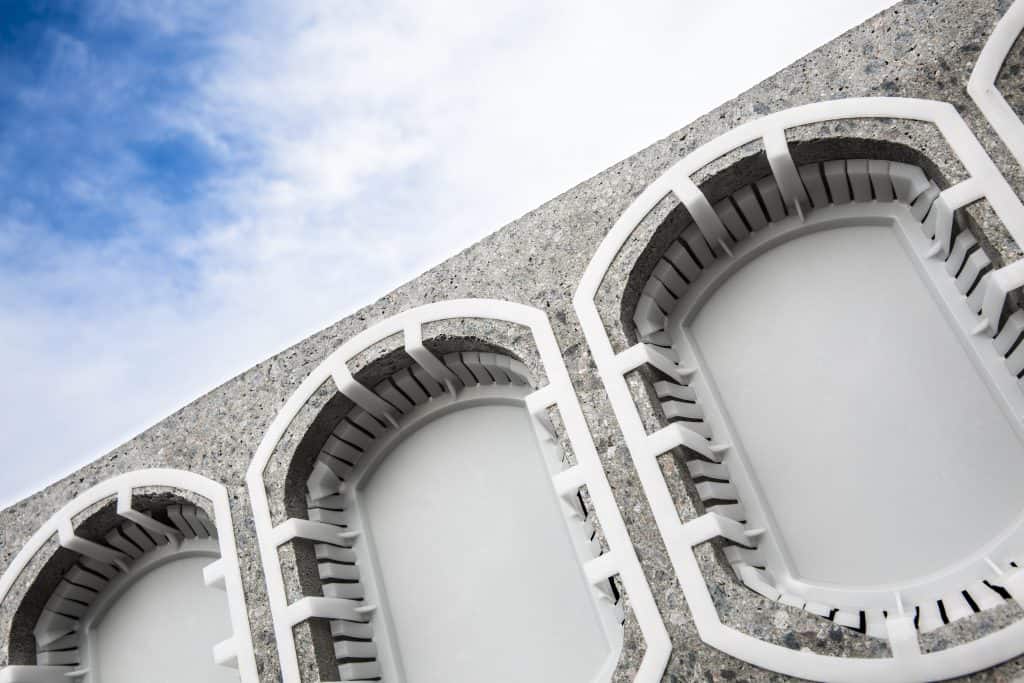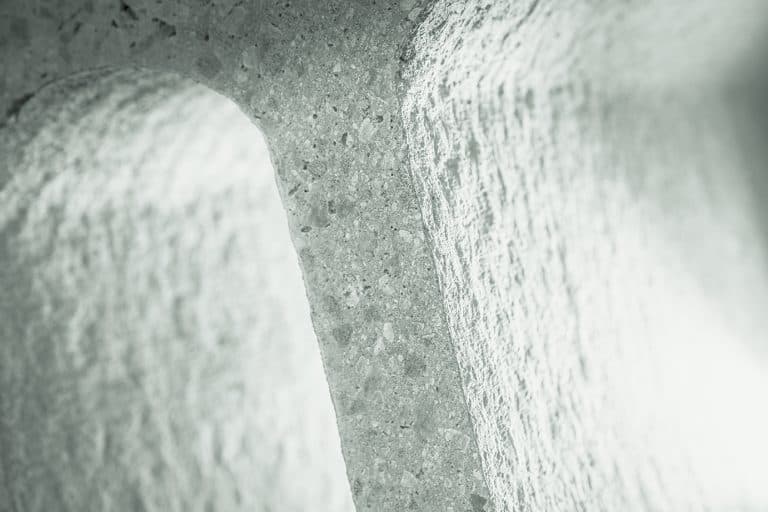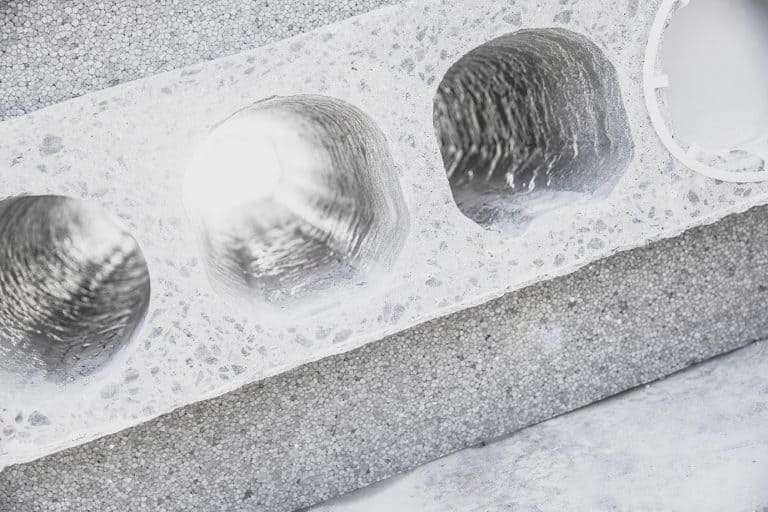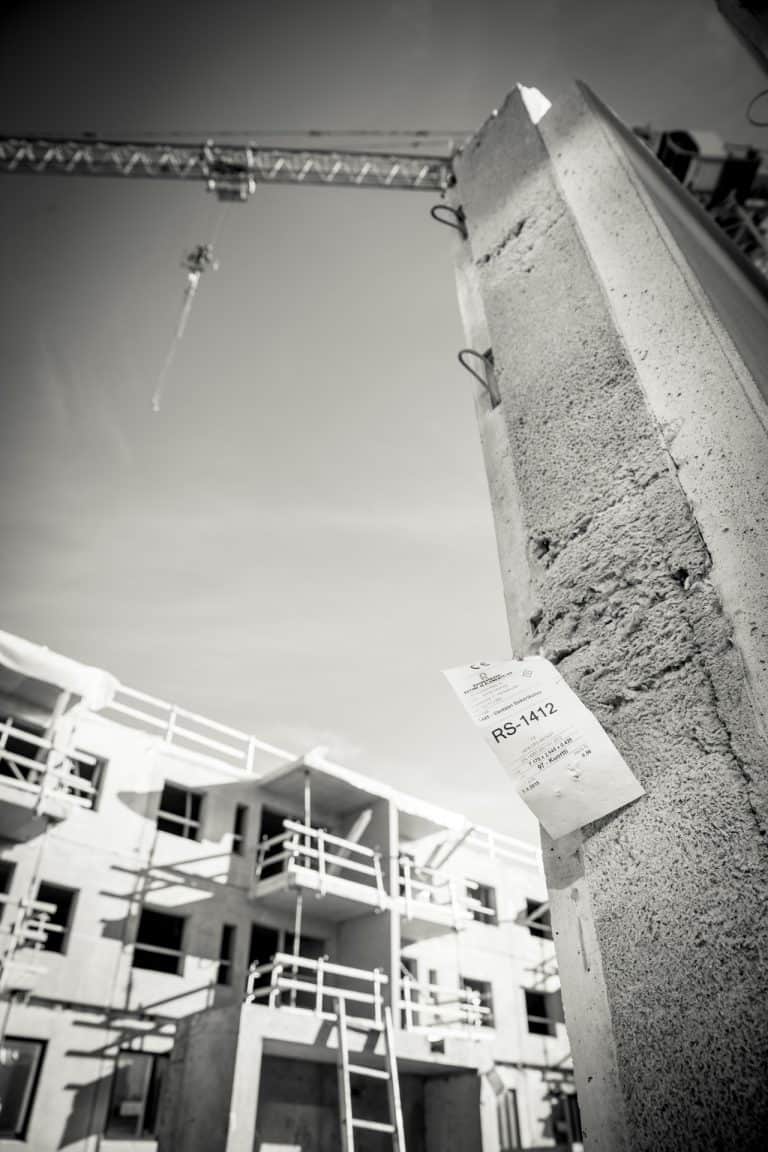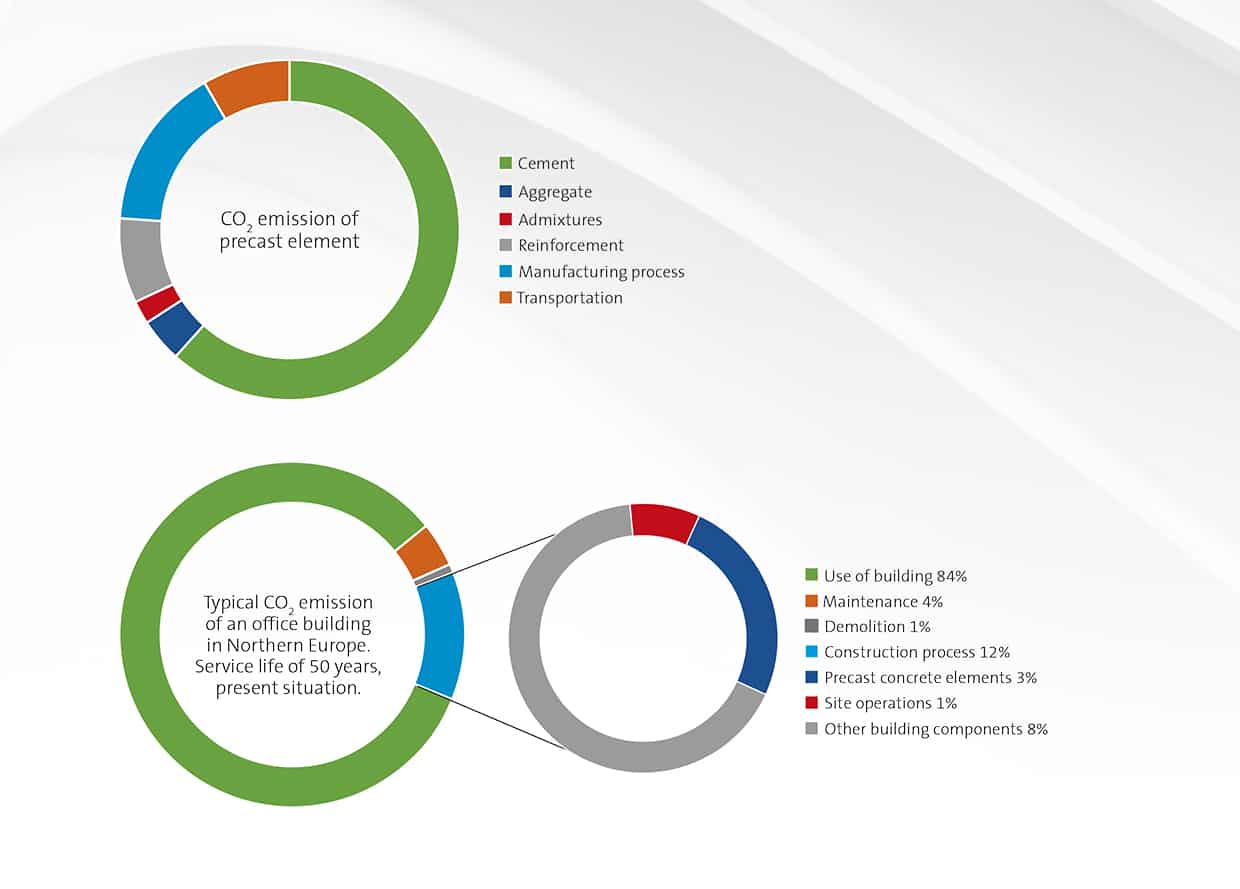Zero carbon’ homes challenge construction
The energy associated with construction typically accounts for just 10 to 20 percent of a building’s energy use over its lifetime. In the 50-year lifecycle of an office building, the precast concrete elements account for less than 3 percent of the total CO2 load.
The roles of different phases in the service life of a building are about to change remarkably, precast concrete professional Jouni Punkki says.
“The proportion of the operational carbon footprint will decrease dramatically as both energy-efficient buildings and low-emission energy gain ground. The target of zero-carbon homes is already becoming well established in Europe,” Punkki says.
Punkki sees the trend as a positive challenge for the construction industry.
“Currently, the emphasis is on operational energy consumed. Regulations and taxation are made to support energy efficient solutions. The same is likely to happen within the construction sector.”
In Punkki’s vision, real-estate taxation and permitted building volumes could be based on emissions.
“In the future, the beneficial sustainability characteristics of precast concrete, particularly local products, well organized material recycling, and improving resource efficiency, are favorable for the companies in the field,” Punkki believes.

Jouni Punkki
